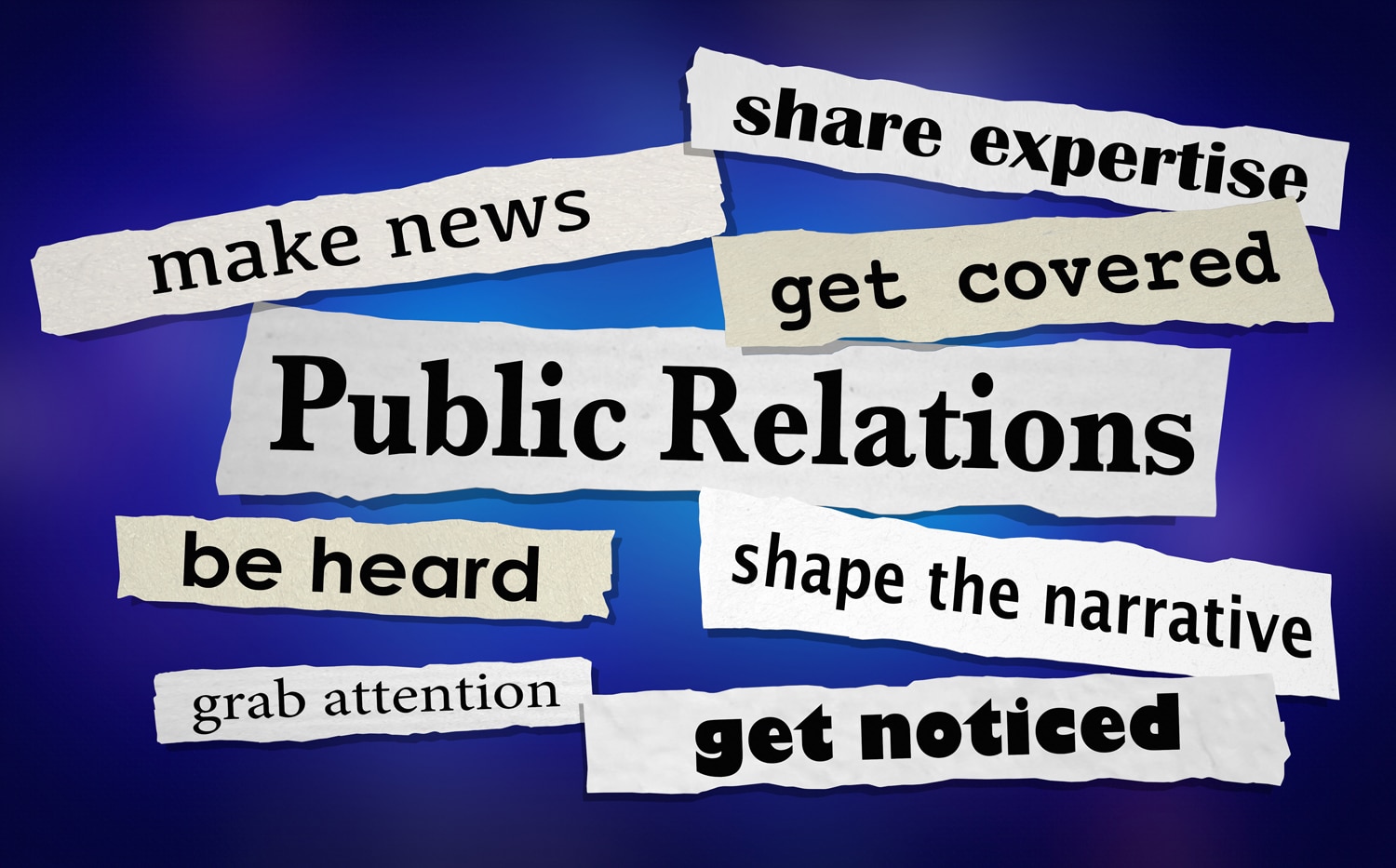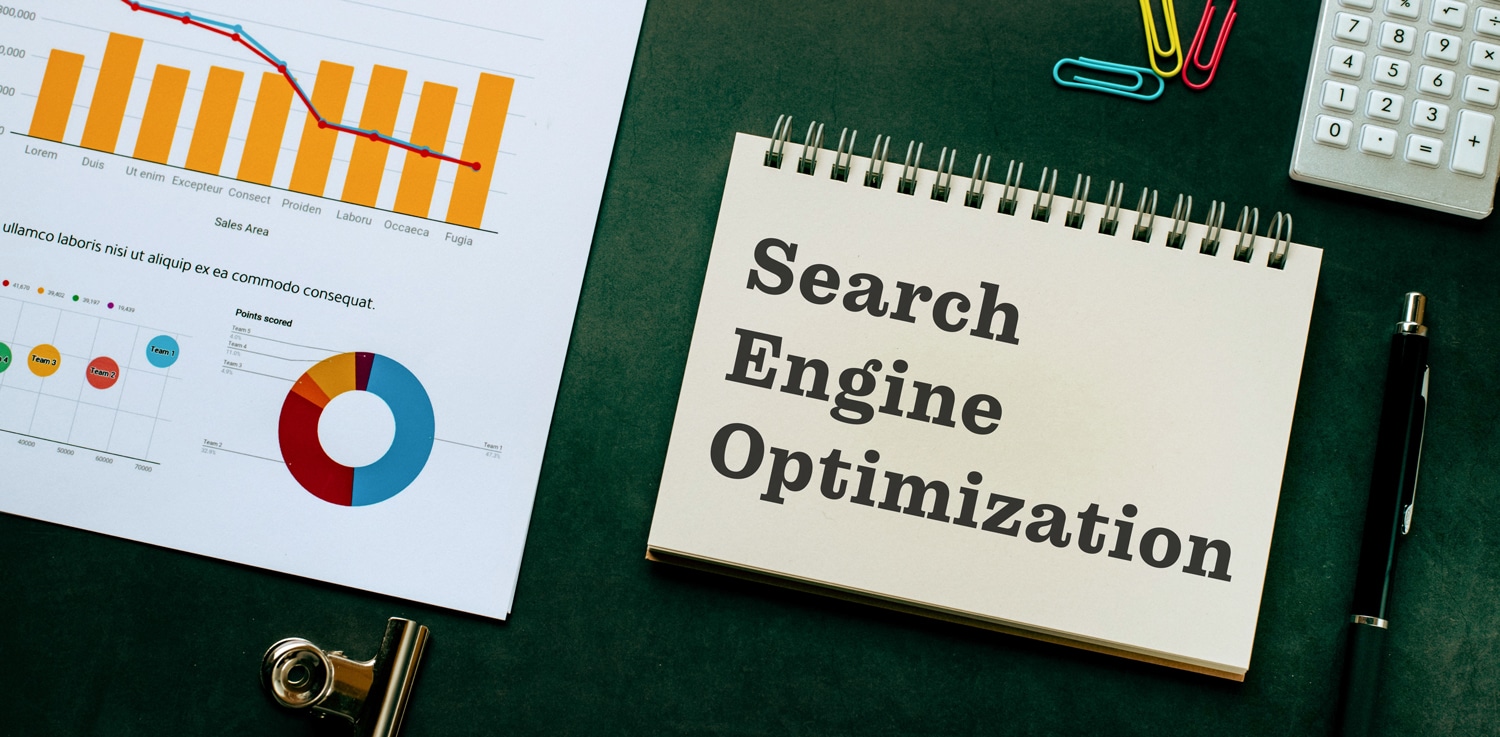The rising costs of paid media is diverting budgets to PR
In the dynamic digital marketplace, the escalating costs of paid media are prompting a significant shift in marketing strategies
This evolution isn’t only a reaction to financial pressures. It’s a strategic step towards fostering deeper, more authentic connections with audiences. Businesses are now realising the limitations of traditional paid advertising in a world where consumer trust and brand loyalty are of prime importance. It’s that recognition that’s steering marketing budgets towards the values of PR, a medium where active, authentic storytelling and community engagement takes centre stage.
By taking this direction, businesses aren’t just adapting to the changing landscape; they’re choosing relationships over transactions, and long-term engagement over short-term eyeballs.
This is the beginning of a new chapter in marketing, where the art of creating genuine connections triumphs over the once-dominant force of media spend.
The new landscape of advertising
There is a definite shift occurring in the marketing industry. The soaring costs associated with paid media are forcing businesses to rethink their strategy. This increase in advertising expense isn’t a blip – it’s a reflection of intensified competition, the “premiumisation” of media spaces, and ever-evolving consumer preferences.
Savvy players will recognise that along with challenges come opportunities, and a chance has been presented to pivot towards more sustainable and genuine marketing strategies by businesses who understand the value of authentic engagement in an era of fatigue towards blatant, incessant advertising.
To put it simply: PR activities focussed on relationship-building rather than transactional advertising represent a more resonant voice in a saturated marketplace.
Why PR is becoming a go-to marketing tool
Unlike the ephemeral nature of paid advertising, PR offers a canvas for storytelling that resonates well with audiences, creates lasting relationships, and fosters trust and credibility over time.
PR’s strength lies in its ability to weave narratives that connect with people on a human level, creating a two-way communication that invites participation and feedback and a chance to engage with audiences without an overt sales pitch. This subtle approach is particularly effective in the UK market, where consumers value authenticity highly, and are often sceptical of aggressive advertising.
What’s more, in the omni-channel digital age, PR isn’t just about media releases and press conferences; the industry has evolved to encompass a variety of tactics like influencer collaborations, community outreach, and content marketing. These methods offer a richness of engagement that paid media often lacks, allowing brands to become part of their audience’s everyday conversations.
The shift towards PR is a testament to the evolving understanding of what drives consumer loyalty: not just a compelling product, but a brand that listens, understands, interacts, and contributes positively to the community.
In essence, the growth of PR is a reflection of a broader shift in marketing strategy: a move towards valuing long-term relationships over short-term gains, and, in this dynamic and discerning market, it’s working.
Some successful strategy pivots
Many forward-thinking businesses are leading the way by pivoting their focus from paid media to PR, and have reaped some serious rewards.
Patagonia shifted from glossy ads highlighting their outdoor gear to focussing their efforts on environmental activism, launched with the now classic Don’t Buy This Jacket messaging. This has cultivated a devoted community of eco-conscious consumers, has boosted brand loyalty and earned significant media coverage. The activism has also led to a boycott of competitor North Face, further solidifying their position as the leading eco-conscious outdoor brand.
Dairy-free milk brand Oatly also moved from celebrity endorsements and quirky ads to focussing on plant-based sustainability and environmental activism. They recently launched an initiative to print their climate footprint numbers on their products with a campaign where they challenged “Big Dairy” to confess to their own impact in return for free advertising space. The benefits were tangible, increasing brand engagement among environmentally conscious consumers and gaining positive media coverage surrounding their sustainability efforts.
The cosmetics buzz-brand Glossier shifted from influencer-driven marketing and curated aesthetics to empowering real world consumers with a digital-first word-of-mouth strategy. On their social media platforms, they consciously chose and invited a wide array of content creators regardless of background to reinforce the idea that there is no “right” kind of customer to best represent the brand, and that anyone can wear Glossier products (“a people-powered beauty ecosystem”). This earned them widespread praise for promoting realistic beauty standards, boosting engagement with authentic user-generated content, and attracting a bigger customer base in the process.
Another cosmetics brand, Lush, known for its fresh, handmade products and bold activism, offers another prime example of a successful shift from paid media to PR. When once they would rely on glossy magazine spreads and TV commercials to showcase their quirky products and playful brand personality, they now stand out from their competitors by offering an immersive, ethical, and engaging brand experience, attracting a devoted customer base who actively promote and advocate for Lush. A wild campaign by them in 2018 highlighted the misconduct of undercover police officers who infiltrated animal rights groups, sparking conversations about justice and cemented their commitment to activism.
These cases serve as an inspiration for any brand looking to move beyond the rising costs of traditional advertising and connect with their audience on a deeper level.
Integrating PR into your marketing mix
Embracing PR as a core component of your marketing strategy can be transformative, but it requires thoughtful integration and execution. For businesses looking to make this shift, here are some practical steps to seamlessly incorporate PR:
Know your audience
Start by gaining a deep understanding of your target audience. What are their interests, values, and media consumption habits? Tailoring your PR strategy to resonate with your audience is crucial.
Craft compelling narratives
PR is about storytelling. Develop narratives that align with your brand values and connect with your audience on a genuine, emotional level. Whether it’s sharing your brand’s journey, highlighting customer stories, or discussing your impact on the community, these stories should be authentic and engaging.
Leverage Multiple Channels Effective
PR is not limited to press releases. Utilise a mix of channels – social media, influencer collaborations, blogs, events, stunts and community initiatives. All platforms offer a unique way to engage with your audience.
Build relationships with the media
Establishing strong relationships with journalists and influencers in your industry can be invaluable. They can help amplify your message and give your brand a credible voice.
Measure and adapt
Continuously monitor the impact of your PR efforts. Use metrics like media coverage, social media engagement, and brand sentiment to gauge success, then adapt your strategy accordingly.
By integrating PR into your marketing mix with some thoughtful planning, you can create a more dynamic and effective strategy that not only saves costs but also builds a stronger, more engaged and valuable community around your brand.
Is the future of marketing a blended approach?
As we look forwards, a blended approach to marketing seems to be the emerging pattern. While the rise in the costs of paid media has certainly inspired a shift towards PR, the most successful strategies will likely be those that are able to combine the strengths of both.
Paid media, with its precision targeting and broad reach, is a complementary partner to the depth and authenticity of PR. By integrating these approaches, businesses can not only navigate the financial challenges of today’s landscape but also build a robust and resilient brand presence.
The future of marketing is not about choosing between one channel over another. It’s about finding a balance that aligns with your brand values and resonates with your audience. As digital channels continue to evolve, this blended approach will enable brands to stay agile, relevant, and deeply connected with their communities.
PR strengthens a brand’s core
While the rising cost of paid media presents challenges, it also brings opportunities, opening the door to more authentic and sustainable marketing strategies.
Embracing PR not only diversifies the marketing mix but also strengthens the core of what makes brands truly resonate with their audiences: genuine, meaningful connections.
Read all about it...
LATEST NEWS

How Start-ups Can Utilise PR to Stand Out

From Office Working to Home Working


